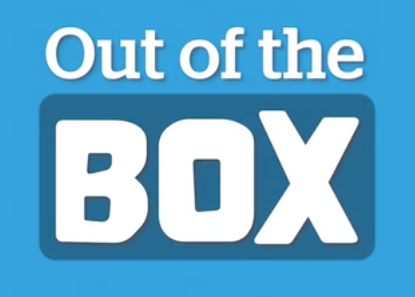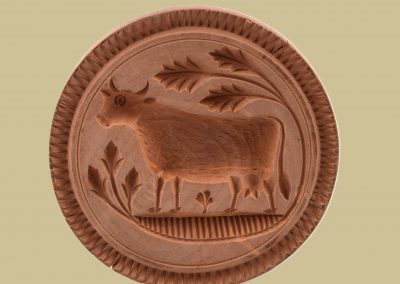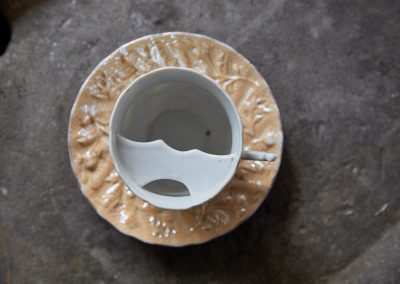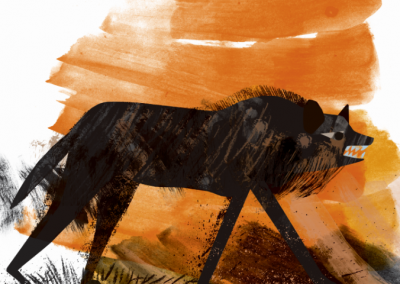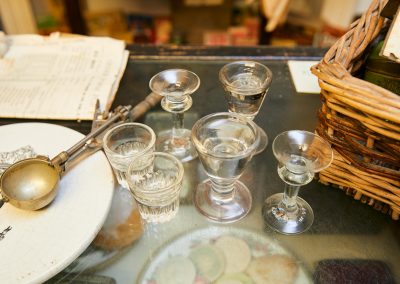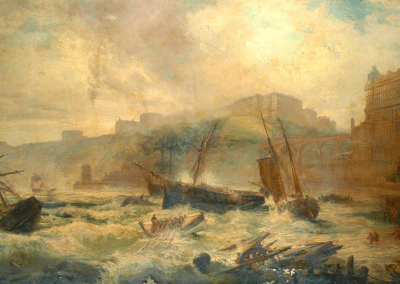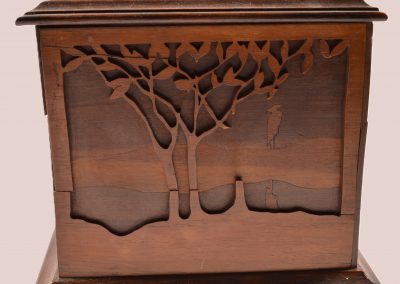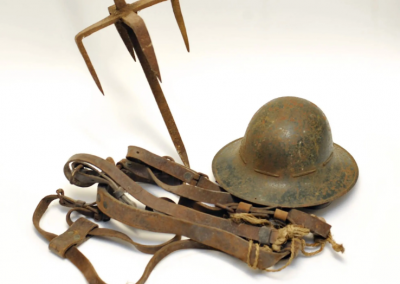Policeman’s Truncheon
Craven Museum & Gallery, Skipton
This very simple Victorian policeman’s truncheon may not be much to look at, but it holds clues to an important moment in working-class history. It is known to have been used during local Chartist riots of 1847 that took place in the North of England.
Truncheons or batons like this were used by the police as an important means of defending themselves.
The lettering V R refers to the ruling monarch, Victoria Regina – with Regina being the Latin word for Queen. It was important because it showed that the policeman’s power stemmed from the crown.
The number below would have been understood by the local force.
Made of a smooth, strong wood, the truncheon is weighted at the end, perhaps to help momentum. It has a standard-design ridged handle for grip.
Working-class unrest and distress
Throughout the 19th century, there had been a gradual shift in understanding poverty. Previously, poor people had been blamed for their own situations, accused of moral or religious failings.
But a series of poor harvests in 1838 and 1839 combined with difficult working conditions to increase distress for working people. Understandably, they disliked long hours, low wages, bouts of unemployment, and high prices. Something needed to be done. The result was a wide-spread working class political movement that became known as Chartism.
The aims of the Chartists
Chartists believed that the ruling classes were governing in their own interests and demanded reforms. Though the Chartists expressed preferences for peaceful methods of protest, objects like this are useful for reminding us that there were a number of more violent ‘riots’ across a range of regions.
The Chartists wanted male suffrage, for MPs to be paid so that men from poorer backgrounds could afford to stand for Parliament, and secret ballots. Though not seen as successful at the time, the Chartist campaigns eventually paved a way towards universal suffrage in the 20th century.
Vocabulary
Suffrage: The right to vote
Watch the video to explore the object
Watch The Video With Subtitles
Talking Points
What design features do you think would be useful?
Do you think it would have made a difference to the policeman that his truncheon included the initials VR? What do you think the letters mean?
Are you surprised by what good condition a truncheon from 1847 is in?
Do you think you’d feel safe if this object was your only means of defending yourself?
How do you think the Chartist rioters felt facing someone carrying this?
Do you think there are times when it is acceptable to use violence to achieve one’s aims, or is violence never acceptable?
If you lived in a time when most men and women didn’t have the vote, do you think you’d have wanted to protest?


Hands on History
You can see this object and many others on display at Craven Museum & Gallery in Skipton and discover their learning programme.
Museum Location
Find more objects to explore Victorian history
